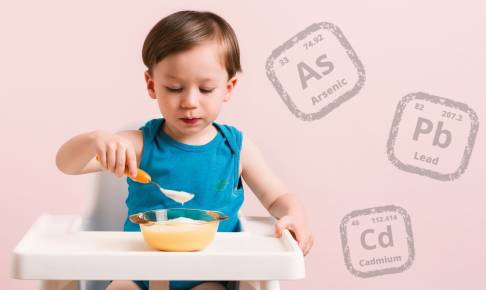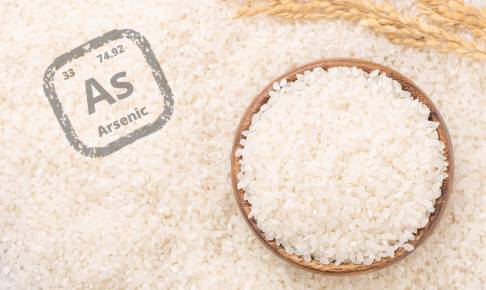FDA sets action level for inorganic arsenic in apple juice
The US Food and Drug Administration (FDA) recently released its final guidance for the food industry titled "Action Level for Inorganic Arsenic in Apple Juice." This document establishes an action level of 10 parts per billion (ppb) for inorganic arsenic in apple juice, a threshold first proposed in 2013.
Arsenic can be present in soil, air, and water, either naturally occurring or as a result of human activity. Consequently, it can be also found in food, due to its presence in the environment where food is produced, cultivated, or processed.
Inorganic arsenic is linked to various negative health effects, such as cancer, diabetes, adverse birth outcomes, and cardiovascular and neurodevelopmental issues.
As it is impossible to completely eliminate arsenic from the environment or food supply, the FDA set action levels to inform the industry of contamination levels above which certain foods may be considered adulterated.
The FDA's testing results show a decreasing trend in the levels of inorganic arsenic in apple juice available on the market, as a growing percentage of samples had values below 5 ppb. However, since the draft guidance was released, the agency has identified some apple juice samples with inorganic arsenic levels exceeding 10 ppb. As a result, an action level of 10 ppb was established, as it was considered achievable through good manufacturing practices.
Although non-binding, the FDA anticipates that the 10 ppb action level will incentivize manufacturers to reduce inorganic arsenic levels in apple juice.
The FDA will continue to monitor arsenic levels in apple juice samples. If inorganic arsenic levels exceed the 10 ppb limit, the FDA will decide accordingly on enforcement action. The agency expects to reevaluate this action level as part of the FDA's "Closer to Zero" action plan, as lower arsenic levels are more beneficial for public health.
Consumer Reports (CR), a US nonprofit consumer organization, contends that the FDA's established level is too high and may pose risks to children who consume the popular beverage, so it suggests lowering the limit to 3 ppb.
In contrast, the European Commission earlier this year set a limit of 20 ppb for inorganic arsenic in fruit juices, concentrated fruit juices as reconstituted, and fruit nectars. This is one of the few cases where a US limit is lower than its European counterpart.
Sources:






















